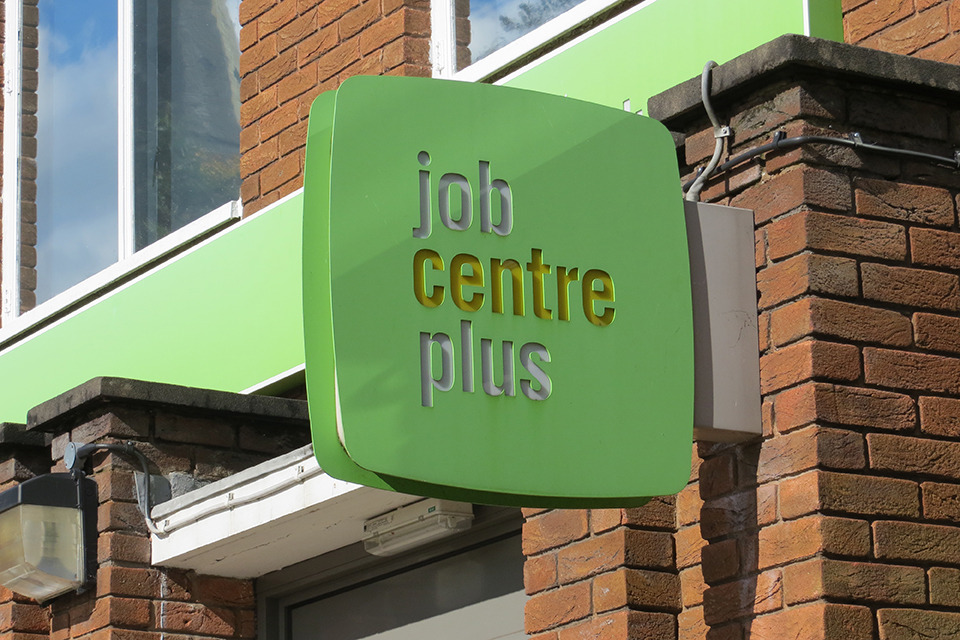Alice Lawson from South Australia Housing Trust discusses how housing providers can better target their resources and design citizen-centric services
About three-quarters of South Australia’s 1.7 million inhabitants live in the city of Adelaide Credit: Douglas Barber/CC BY-SA 3.0
When a family in crisis needs support to escape from a violent situation at home, or a young person at risk needs emergency accommodation, housing providers want to be able to act quickly to help.
At a time when demand for housing is growing, precious resources are often stretched, and providers can find it difficult to meet the needs of the most vulnerable in society.
This was a challenge that South Australia Housing Trust needed to overcome.
The trust has responsibility for managing the state’s entire public housing stock of 36,000 properties, contracting with the not-for-profit sector for a further 12,000 properties and homelessness support services, and also providing private rental services for 40,000 low-income people each year. We wanted to find a way to work smarter, not harder to free our staff, and our more than 80 partnering agencies to focus on preventing vulnerable families from falling through the net.
And it required some radical thinking about how we could do things differently.
Related content
- Southwark council tenants to get full-fibre network
- London boroughs team up to roll out £1.7m hosted housing management platform
- River Clyde Housing trials Internet of Things for social housing
The growing trend in public services is to give citizens more control over decisions, to address their personal situations and offer them more choice in the services they access, and the way they communicate with their service providers.
It is no different in housing.
Our agency has been looking at how technology can be used to help us put our customers at the centre of the decision-making process. As part of this, we wanted to move more services online and provide customers with a more joined-up experience.
As the longest-established housing provider in the region, one of the greatest barriers to transforming our service in this way was the 30-year-old legacy IT system we had in place, which could not support the changes we wanted to make. So, we are embarking on a major IT overhaul in partnership with Northgate Public Services, which will be essential in helping us shape a more efficient and effective way of doing things.
A key element of this initiative is providing the option for our customers to interact with us online. So, whether they want to make a housing application, pay rent, or report a broken tap, they will be able to do it via our website, whenever it is convenient for them. Around 80% of SAHT tenants own smartphones, so this will work well.
And for those customers who don’t have internet access, we can provide alternative arrangements.
A clearer picture
We know that many of our customers prefer to communicate with us online or are already engaged with a support provider, and are not choosing to attend face-to-face meetings. This will mean that more time is freed up for our staff to meet with the customers who need the individual support and assistance to succeed.
Technology will also help to improve the experience of our customers by simplifying how information is shared across the housing system.
With an electronic case file for each customer, referrals will be managed digitally. This means our staff can access the information they need any time, from any device, so they are no longer tied to their desks.
Staff will have a clearer picture of our customers’ needs, without having to re-enter information into the system, and we will put a stop to customers having to repeat changes in their personal circumstances to different staff or agencies.
The plan over time is to link in to other support services too, such as the police, health, disability, and the third sector, such as domestic-violence teams. This will help us to work more effectively to respond to issues and ensure customers get the help they need, sooner and without having to retell their story multiple times.
Another trend across public services is for citizens to have more choice in what support they receive and how. With the right tools in place, housing providers can put their customers at the heart of everything they do – whether they are a vulnerable young person, a family in difficulty, or an elderly couple in need of somewhere to live.



